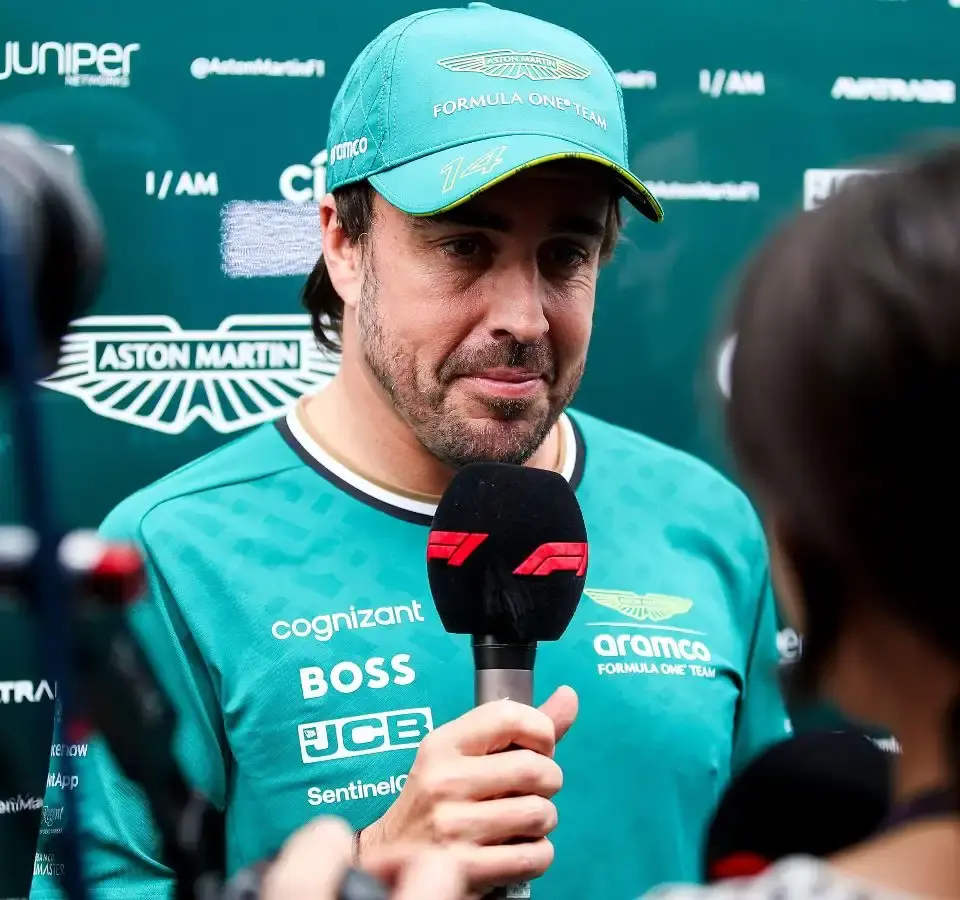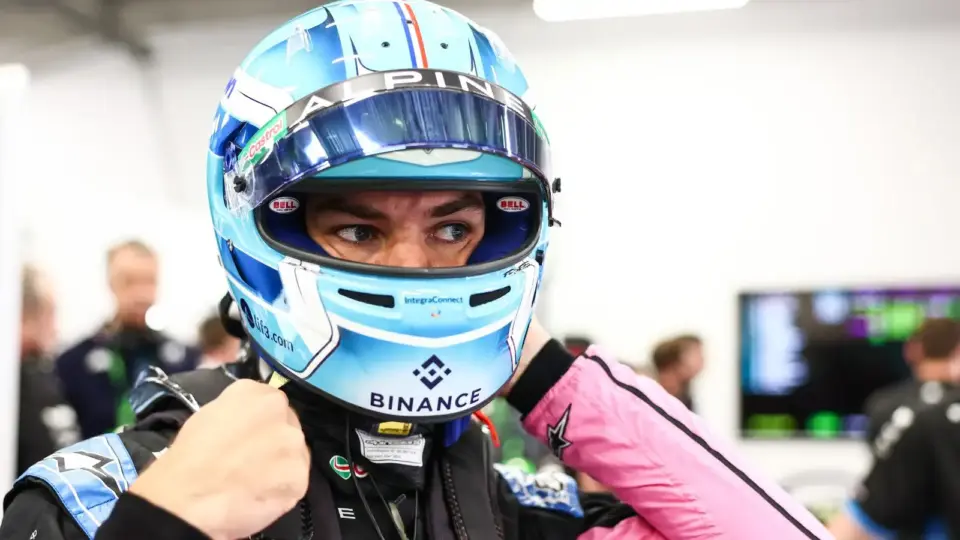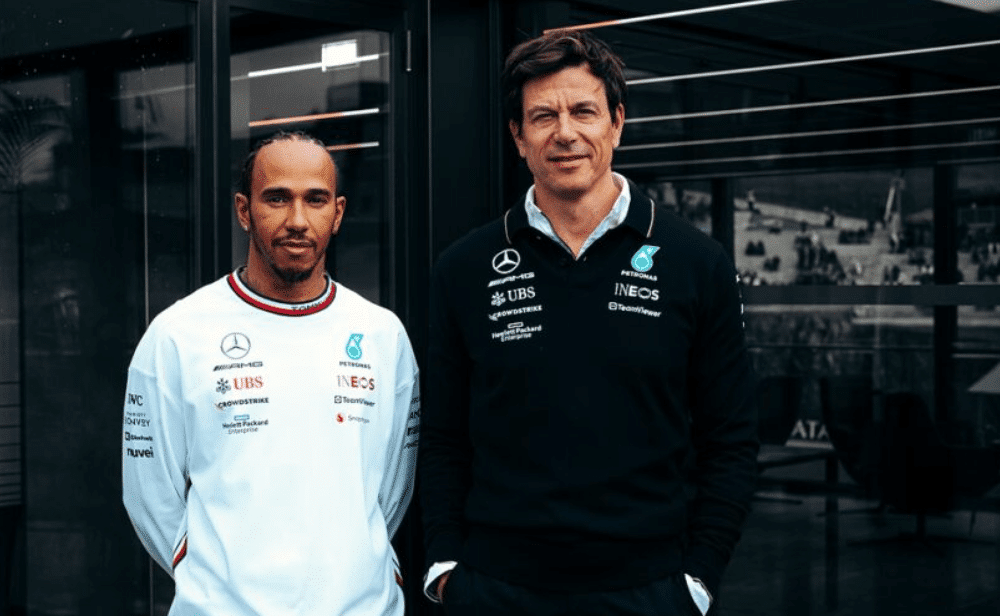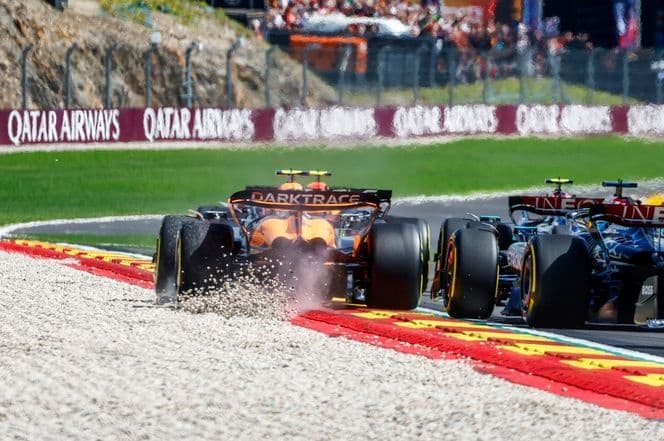The FIA’s new regulations for Formula 1 in 2026 have sparked some serious questions, especially from Aston Martin’s Fernando Alonso. Speaking just before the Canadian Grand Prix in 2024, Alonso didn’t hold back about his doubts.
One of the headline changes for 2026 is the shift towards more electrical power, with an even split between an electric battery and an internal combustion engine. This marks a significant increase in electric power—three times more than the current power units. The FIA has also announced that the cars will have a shorter wheelbase and width, a 30% reduction in downforce, and a 55% reduction in drag to aid overtaking.
However, the most controversial point is the proposed 30kg weight reduction. Alonso, known for his straightforwardness, was blunt: ‘I think it is impossible probably to achieve 30 kilos already. If the power unit is 50% electric and you need the batteries to support that, cars will just increase 20 or 30 kilos because of the power unit. And then you want to reduce 30 [kg]—you need to drop 60 kilos of the current car, which is the same as at the moment, probably to the teams, an impossible target.’
Alonso did acknowledge that the engineers behind these new designs are resourceful and could come up with innovative solutions, but he emphasized that it would be a significant challenge. His sentiment is shared by other drivers, including Alex Albon from Williams, who expressed a preference for ‘more simple engines.’
The push towards hybrid powertrains is in line with global automotive trends, where hybridization is favored over full electric power. This shift promises efficiency and power but comes with a significant drawback—weight. Batteries, which are crucial for hybrid systems, are inherently heavy, and as of now, there hasn’t been a simple solution to make them lighter.
The 2026 regulations offer a chance for major innovation in F1, but as Alonso and others have pointed out, it won’t be easy. As the sport strives to stay on the cutting edge of technology, balancing weight and power will be one of the key challenges.
While the FIA’s 2026 regulations aim for a futuristic and efficient Formula 1, the road to achieving these ambitious targets appears steep. With concerns from drivers like Fernando Alonso, the coming years will test the ingenuity and resilience of engineers and teams alike.
Source: Planetf1










